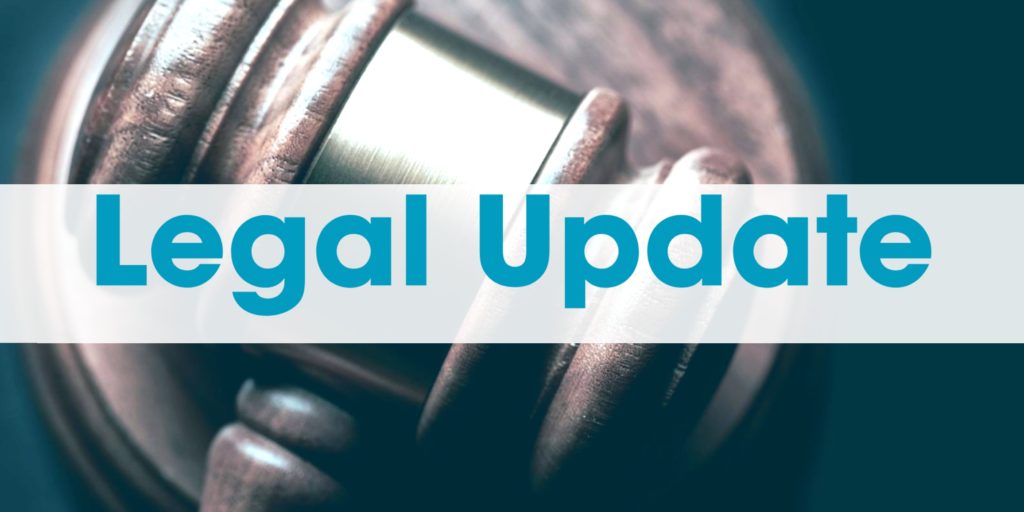 Safe + Sound Week—an annual campaign conducted by the Occupational Safety and Health Administration (OSHA) and other safety organizations—will take place from Aug. 10-16.
Safe + Sound Week—an annual campaign conducted by the Occupational Safety and Health Administration (OSHA) and other safety organizations—will take place from Aug. 10-16.
Each year, this event aims to recognize the successes of workplace safety and health programs across the country and provide additional resources to help organizations kick-start or improve upon their occupational safety and health initiatives.
Review the following guidance for further information on Safe + Sound Week and how organizations like yours can participate in this upcoming campaign.
 On July 21, 2020, the IRS issued Revenue Procedure 2020-36 to index the contribution percentages in 2021 for determining affordability of an employer’s plan under the Affordable Care Act (ACA).
On July 21, 2020, the IRS issued Revenue Procedure 2020-36 to index the contribution percentages in 2021 for determining affordability of an employer’s plan under the Affordable Care Act (ACA).

 On July 17, 2020, a federal appeals court
On July 17, 2020, a federal appeals court  Safe + Sound Week—an annual campaign conducted by the Occupational Safety and Health Administration (OSHA) and other safety organizations—will take place from Aug. 10-16.
Safe + Sound Week—an annual campaign conducted by the Occupational Safety and Health Administration (OSHA) and other safety organizations—will take place from Aug. 10-16.